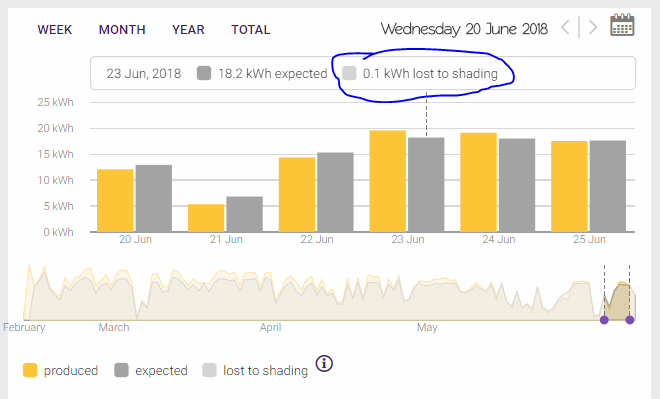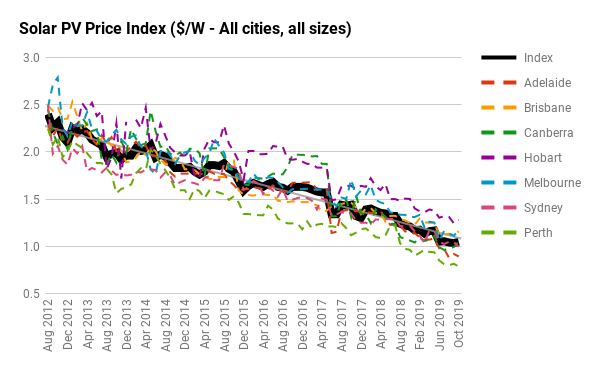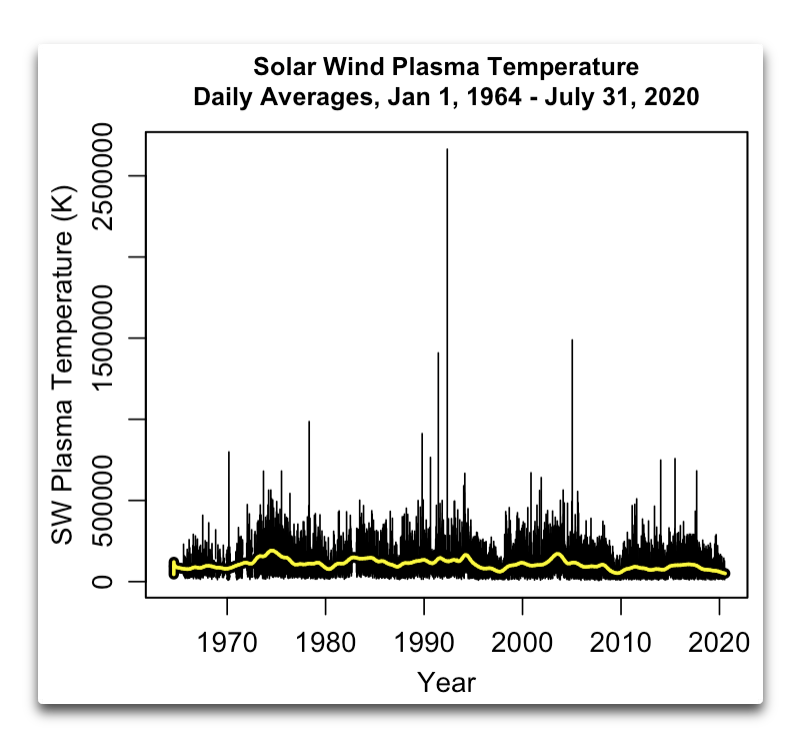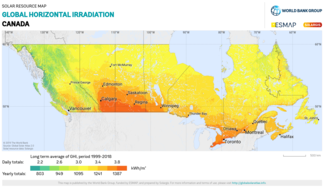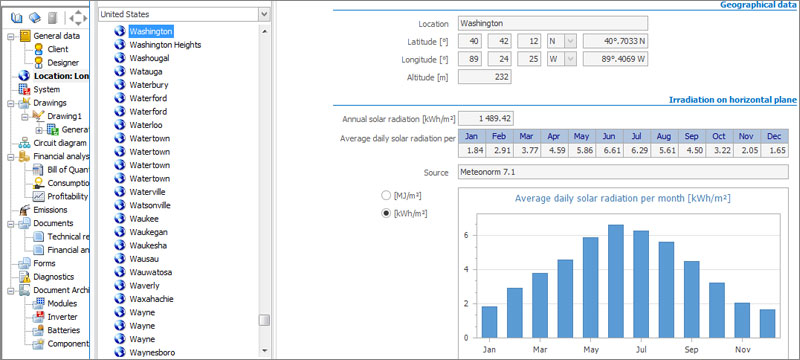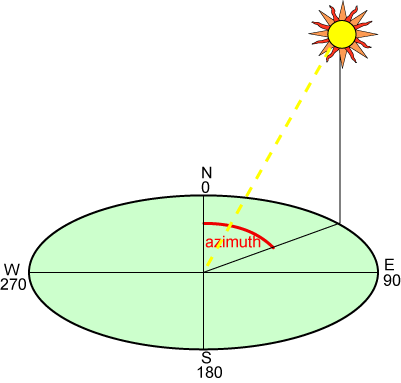Solar Irradiance Calculator Australia

The solar irradiance is measured in watt per square metre w m 2 in si units solar irradiance is often integrated over a given time period in order to report the radiant energy emitted into the surrounding environment.
Solar irradiance calculator australia. The ghi data combines both direct normal irradiance dni and diffuse horizontal irradiance dfi measurements. And shading from nearby buildings and vegetation. Tindo solar has developed a quick and easy to use solar calculator. The bureau produces a range of products from satellite observations which provide solar information across the country.
Climate information for solar energy. The first step is to find a good source of solar radiation data for any given location. The global solar atlas provides a summary of solar power potential and solar resources globally. We ve got your covered our calculator factors in all of these variables before displaying your solar results.
Pv system area tilt orientation. Nrel s pvwatts calculator estimates the energy production and cost of energy of grid connected photovoltaic pv energy systems throughout the world. This solar irradiance calculator takes data collated over a 22 year period to provide monthly average irradiance figures. The apvi solar potential tool sunspot is an online tool for estimating the potential for electricity generation from pv on building roofs in australian cities.
Learn more at our in depth solar portal. This information can then be used to calculate the average daily power generation a solar electric system will produce in any given month. Solar irradiance is the power per unit area received from the sun in the form of electromagnetic radiation as reported in the wavelength range of the measuring instrument. The solar calculator uses data from the australian solar radiation data handbook to estimate how much energy a solar system will generate.
Australian solar radiation figures australian solar radiation figures best average performance seasonally adjusted sun tracking tilt peak sun hrs day tilt peak sun hrs day peak sun hrs day location longitude latitude angle best month worst month angle best month worst month best month worst month darwin nt 12 25 s 130 52 e 20 aug 7 22 jan 5 03 15 50 aug 7 64 jan 5 21 aug 9 64 feb. For australia we have used the bureau of meteorology s global horizontal irradiance ghi data that measures solar exposure per location in mega joule mj units per m2. It takes into consideration the temperature of the panels for the location selected along with the amount of sunshine available throughout. It allows homeowners small building owners installers and manufacturers to easily develop estimates of the performance of potential pv installations.
The tool accounts for solar radiation and weather at the site.


